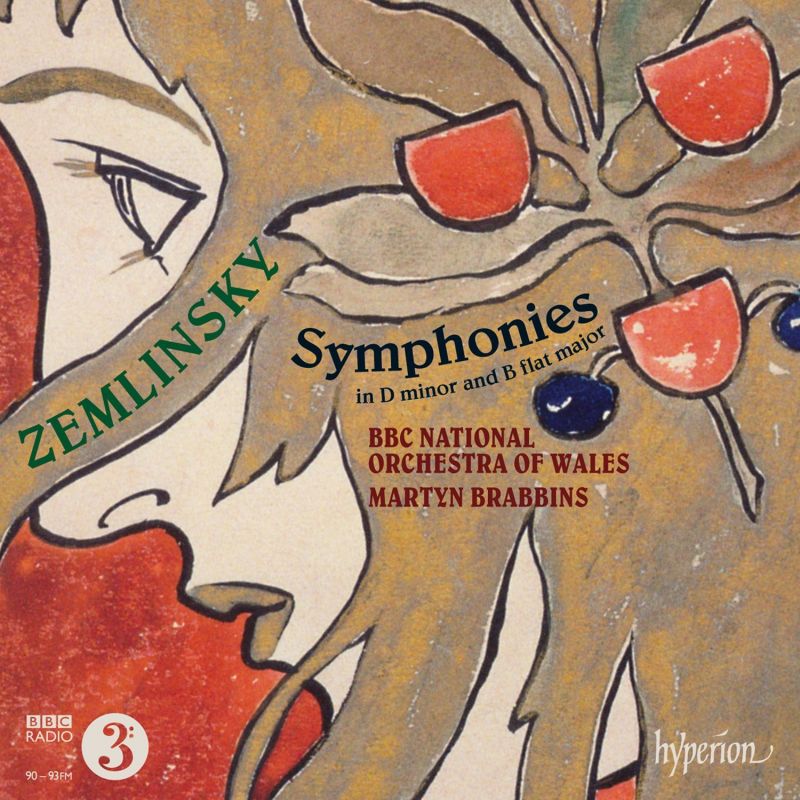ZEMLINSKY Symphonies Nos 1 & 2
View record and artist detailsRecord and Artist Details
Composer or Director: Alexander von Zemlinsky
Genre:
Orchestral
Label: Hyperion
Magazine Review Date: 03/2014
Media Format: CD or Download
Media Runtime: 78
Mastering:
DDD
Catalogue Number: CDA67985

Tracks:
| Composition | Artist Credit |
|---|---|
| Symphony No. 1 |
Alexander von Zemlinsky, Composer
Alexander von Zemlinsky, Composer BBC National Orchestra of Wales Martyn Brabbins, Conductor |
| Symphony No. 2 |
Alexander von Zemlinsky, Composer
Alexander von Zemlinsky, Composer BBC National Orchestra of Wales Martyn Brabbins, Conductor |
Author: Rob Cowan
Unlike James Conlon on a rival coupling of the same two works with the Cologne Gürzenich Orchestra (EMI – nla), Martyn Brabbins plays the B flat Symphony’s long first-movement exposition repeat, which brings its total timing to an imposing 16'26" (against 12'11" on Conlon’s recording). In his useful booklet-note, Gavin Plumley observes that there’s a hint of Mahler in Symphony’s scherzo, though the Adagio once again returns us to the world of Dvořák ian yearning. Zemlinsky’s scoring is both rich and detailed, and when he draws his forces together for the biggest climaxes one senses that he knows exactly what he is doing. Those readers wedded to the great Austro-German Romantics are likely to find this coupling irresistible (Conlon is also excellent, if less refined), although masterpieces such as the Lyric Symphony and Sinfonietta were still some way off, both of them securely located at the other side of the fin de siècle. Another world, but you would need to know these works to fully understand how Zemlinsky reached it.
Discover the world's largest classical music catalogue with Presto Music.

Gramophone Digital Club
- Digital Edition
- Digital Archive
- Reviews Database
- Full website access
From £8.75 / month
Subscribe
Gramophone Full Club
- Print Edition
- Digital Edition
- Digital Archive
- Reviews Database
- Full website access
From £11.00 / month
Subscribe
If you are a library, university or other organisation that would be interested in an institutional subscription to Gramophone please click here for further information.





